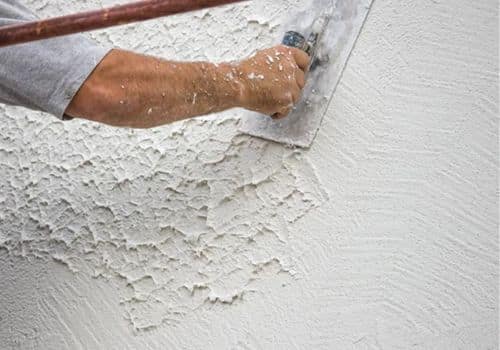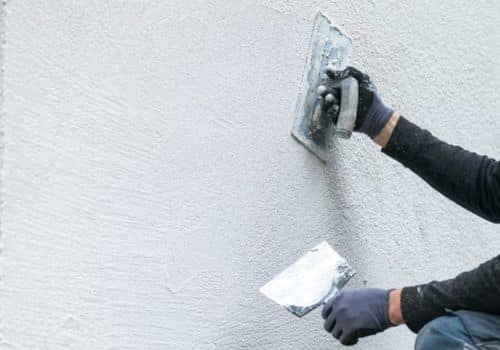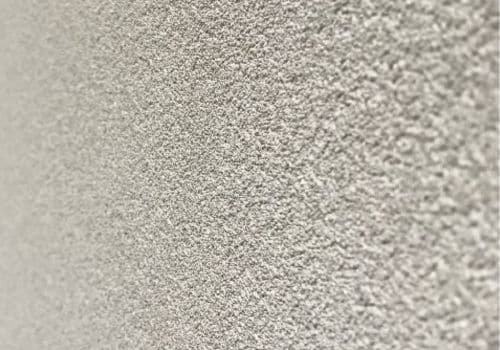Rendering a wall is a crucial part of construction and home improvement projects. This process not only enhances the aesthetic appeal of a building but also provides protection against harsh weather conditions and improves energy efficiency. In this article, we will delve into the intricacies of wall rendering, including its history, various techniques, materials, costs, and maintenance requirements.
Rendering is the process of applying a protective and decorative layer of material, such as cement, lime, or acrylic, to the exterior of a wall. The practice dates back centuries and has evolved over time to include modern materials and techniques that provide improved performance and aesthetic appeal.

There are several types of rendering materials commonly used today, including:
There are several rendering techniques to choose from, including:

There are several benefits to rendering your walls, including:

The process of wall rendering consists of three main stages: preparation of the wall surface, application of the render, and finishing touches and curing.
Before applying render, the wall surface must be properly prepared:
The render is then applied to the prepared surface:
Once the render has been applied, it's time for the finishing touches and curing process:
The cost of rendering a wall in the UK depends on several factors, including the type of material, the size and condition of the wall, labour costs, and any additional treatments or finishes.
Key factors that influence the cost of rendering include:
The table below provides an overview of average rendering prices per square metre for various materials and techniques in the UK.
| Material Type | Average Price Range (per square metre) |
|---|---|
| Cement Render | £40 - £60 |
| Lime Render | £50 - £70 |
| Acrylic Render | £45 - £65 |
| Silicone Render | £55 - £75 |
Keep in mind that these prices are approximate and can vary depending on factors like location and project complexity. It's essential to get multiple quotes from professional renderers to ensure you're getting a fair price.

To choose the best rendering material for your home, consider the following factors:
While some homeowners may be tempted to tackle wall rendering as a DIY project, there are several factors to consider before taking on the task:
In most cases, hiring a professional renderer is the best choice for achieving a high-quality, long-lasting result. To find a reliable renderer in the UK, seek recommendations from friends, family, or online review platforms, and always obtain multiple quotes and references.

Proper maintenance is key to ensuring the longevity and appearance of your rendered walls. This includes regular cleaning and inspection, repairing any cracks or damage, and repainting or resealing if necessary.
Regular cleaning and inspection of your rendered walls will help maintain their appearance and identify any potential issues:
Clean the walls every 1-2 years, depending on the level of dirt and pollution in your area. Use a soft brush, water, and a mild detergent to gently clean the surface without damaging the render.
Inspect the walls during cleaning for any signs of damage, such as cracks or discolouration, which may indicate underlying problems.
If you notice any damage to your rendered walls, it's essential to address the issue promptly:
Before undertaking a rendering project in the UK, it's essential to understand the planning permission requirements and building regulations that may apply:
Planning permission is generally not required for rendering unless your property is a listed building or located in a conservation area. However, it's always best to check with your local planning authority before beginning any work.
Building regulations may apply to certain aspects of rendering projects, such as insulation requirements or damp proofing. Consult with a professional or your local building control office to ensure compliance with all relevant regulations.
Can I paint over a rendered wall?
Yes, you can paint over a rendered wall, provided the render is fully cured and prepared correctly. Use a suitable exterior masonry paint and follow the manufacturer's guidelines for best results.
How long does rendering last?
The lifespan of a rendered wall depends on the material used and the quality of the workmanship. In general, rendering can last between 20 to 40 years if properly maintained.
Is rendering suitable for all types of homes and buildings?
While rendering is suitable for most types of homes and buildings, some exceptions may include historic or listed properties with specific aesthetic or conservation requirements. Always consult with an expert before undertaking a rendering project on a unique or sensitive building.

Wall rendering is a valuable home improvement project that can enhance the appearance, protection, and energy efficiency of your property. By understanding the different materials, techniques, and costs involved, as well as the importance of proper maintenance, you can make an informed decision about the best rendering solution for your home.
The duration of a rendering project depends on factors such as wall size, the material used, and the technique employed. In general, a small to medium-sized wall may take 2-4 days for preparation, application, and finishing. However, curing times can vary from a few days to several weeks, depending on the render material and weather conditions.
Weather conditions can significantly impact the rendering process. It is not advisable to apply render during wet or freezing conditions, as this may cause issues such as poor adhesion, cracking, or longer curing times. Aim to schedule your rendering project during dry and mild weather for the best results.
Rendering can help protect your walls from moisture ingress, but it is not a complete solution for damp problems. If your property suffers from damp, it's essential to address the underlying issues, such as poor ventilation or damaged damp proofing, before applying render.
Rendering and plastering are similar processes, but they serve different purposes and are applied to different surfaces. Rendering is applied to the exterior walls of a building, providing a protective and decorative finish, whereas plastering is applied to interior walls and ceilings to create a smooth, even surface for painting or wallpapering.
Signs that your render may require maintenance or repair include discolouration, cracks, loose or flaking material, or the appearance of damp patches on the interior walls. Regular cleaning and inspection can help identify issues early and prevent further damage.